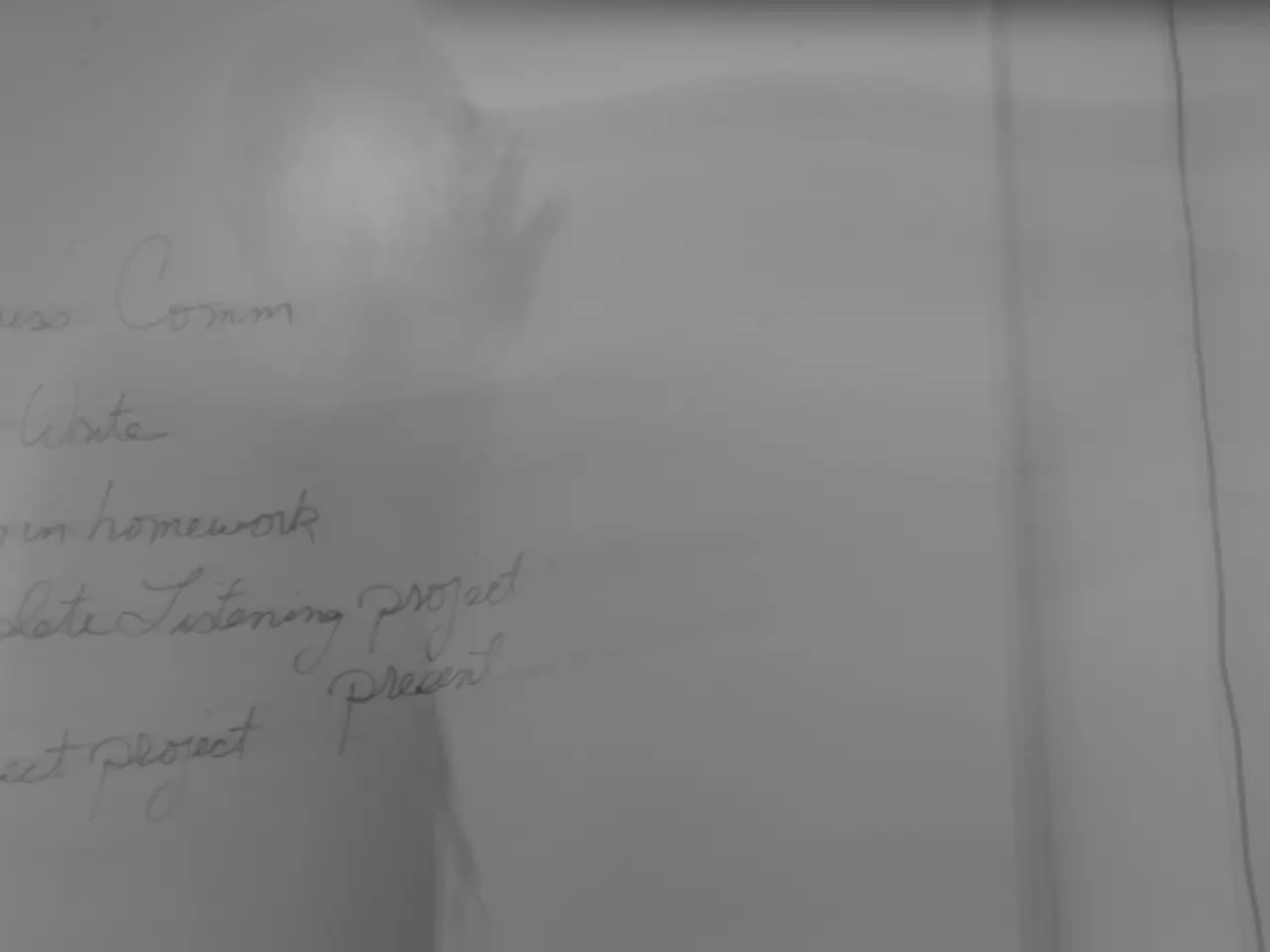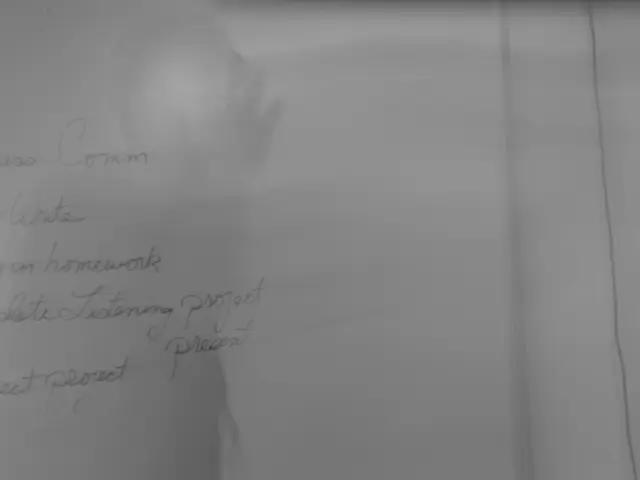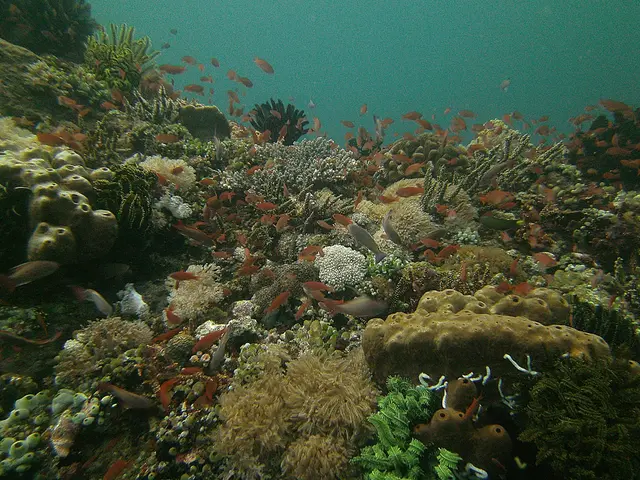EU at Crossroads: Adapting Trade Strategies Amid US & China Slowdown
The European Union (EU) finds itself at a crossroads, with significant shifts in global trade dynamics. As the USA and China grapple with internal and external challenges, the EU must adapt its trade strategies to ensure resilience and growth.
The EU's trade landscape is evolving rapidly. The USA and China, traditionally robust markets, are showing signs of slowing growth and reduced dynamism. Currently, nearly 30 percent of the EU's value-added exports are destined for these two powers. However, both markets are becoming less reliable, prompting the EU to explore new avenues.
The global trading system is in flux, presenting both challenges and opportunities. The EU already has a robust network of trade agreements, covering 74 percent of its trade with countries outside the USA and China. This extensive network provides a solid foundation for further expansion and diversification. The growth of EU exports is increasingly driven by demand in other markets, indicating a shift in trade dynamics.
To navigate these changes, the EU must prioritize deepening existing trade relationships and forging new partnerships. This strategy will help reduce dependency risks and increase resilience in global supply chains, a crucial consideration given geopolitical uncertainties and disruptions in supply networks. The EU's trade policy should reflect these priorities, learning from the USA's inward shift and focusing on outward expansion.
The EU's trade future lies in diversification and expansion. With the USA and China facing internal pressures and reduced growth, the EU must capitalize on its extensive trade network and prioritize new partnerships. This strategic shift will enhance the EU's resilience and ensure continued trade growth in an ever-changing global landscape.







